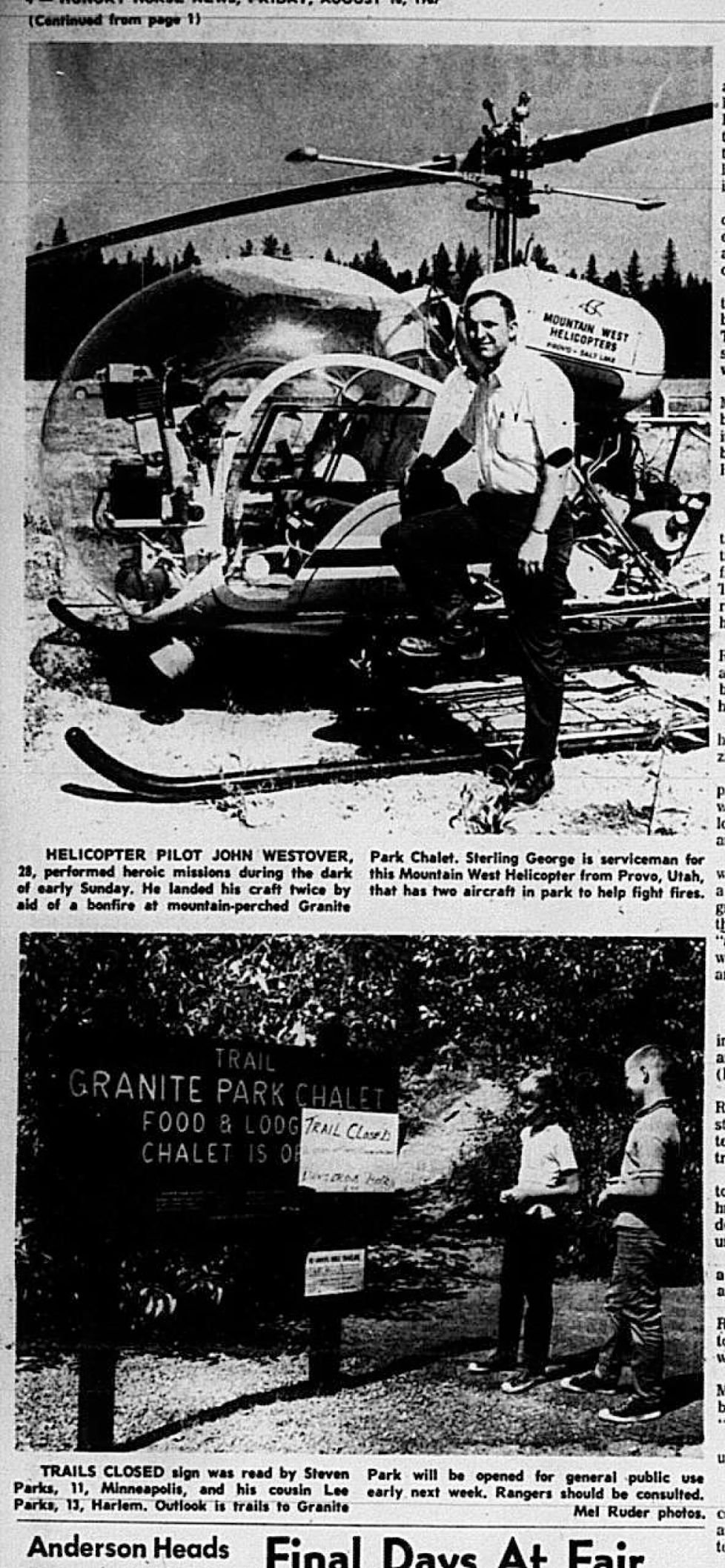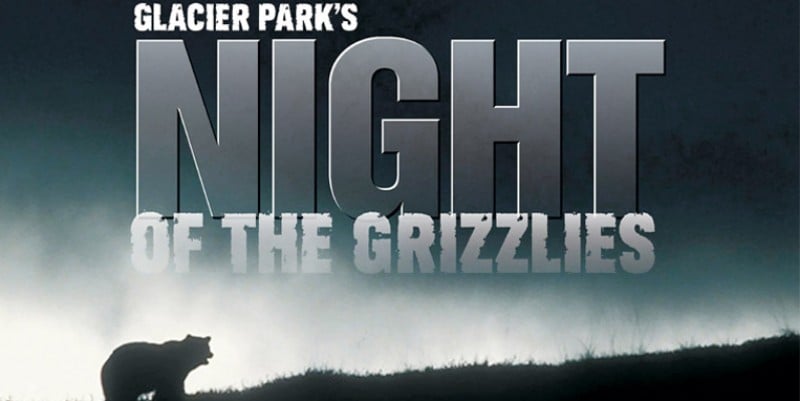


There is much we do not understand about these great animals. Our understanding of bear behavior today is still lacking a great deal. Attendance skyrocketed and suddenly humans and grizzlies were once again thrust into close proximity, which would come to a disastrous head in the summer of 1967 in Glacier National Park. And, inexpensive, lightweight camping and backpacking gear was developed that permitted access to the national parks by everyday folk. But, this would change in the mid 20th century. Most were very wealthy, able to afford to pay for mule trains, porters, and guides to help them navigate wild expanses of untamed land. In the late 19th and early 20th centuries, park visitors were few and far between. They were set up simply as a way to protect great wildernesses, to leave them untouched and as they always were. Most live in the Greater Yellowstone Ecosystem and the northern ranges of Montana, in and around Glacier National Park.Īmerica’s National Parks at their inception were created not as we see them today, as wild places for people to visit and witness nature’s marvels. Over 30,000 brown bears still live in Alaska and Western Canada, but the habitat of bears in the contiguous US has been reduced to a mere fraction of their once expansive range. And, a small population of maybe 20 animals still exists in northeastern Washington State. Today, grizzly bears in the lower 48 states number only 1,500 individuals approximately and are confined to a few small wildernesses in Montana, Wyoming, and Idaho. Even in California, once called the Bear Flag Republic, is now devoid of grizzlies, with its last known surviving bear having been shot and killed in 1922. Only in small remote patches of inhospitable wilderness did grizzlies find refuge, whose population was driven down from nearly 50,000 in what is now the lower 48 states, to a mere 600 animals or less. Grizzly bears were viewed as an unnecessary danger to both humans and livestock, and with no protections in place, they were mercilessly hunted into near extinction in the contiguous United States. Much of the grizzly bear’s original habitat was overrun by humans, their cattle, and their horses. Today’s spelling assumes that they were in fact referencing its appearance.Īs 19th century Americans moved westward, they built homesteads, farms, and ranches. Some debate still exists whether they intended this to reference the bear’s appearance as having a grizzled coat, or as a reference to its “grisly” or “gruesome” behavior. It was in fact Lewis and Clark who first coined the term “grisley” bear. On their 1,000-mile expedition, Lewis and Clark encountered and made a note in their logs of 37 grizzly bears. There are 19th-century paintings of plains Indians taking on brown bears from horseback in a habitat that we no longer associate with grizzlies, the wide expanses of open grasslands in America’s heartland.īut, with the 1803-1806 expedition of the Corps of Discovery, led by Meriwether Lewis and William Clark, the untamed west was opened up to settlement and exploration by European-descended settlers. Bears were rarely hunted, but when they were, hunters approached their quarry with the same amount of ceremony and preparation as they would when going into battle.

Native American tribes held the grizzly bear in reverence, both out of awe and fear. It is estimated that over 100,000 grizzly bears once thrived throughout this enormous range with a density of three bears for every 100 square miles. Their range once extended north from the frozen tundras of Alaska all the way south to Mexico, westward from the shores of California, and east across the great plains all the way to the banks of Hudson Bay. Before the westward expansion of European settlers in North America, grizzly bears inhabited an enormous range. Representing two pinnacles of the food chain, bears and people have long competed over territory and resources. How do we explain our fixation with this great predator? It is a tale of codominance. From the cave paintings of ancient North American peoples and the tales of 19th-century fur trappers to today’s complicated relationship humans and bears share, bears are part of our history and legacy. Few tales of survival and death are more compelling than those dealing with the greatest of North America’s predators, Ursus Arctos Horribilis.


 0 kommentar(er)
0 kommentar(er)
